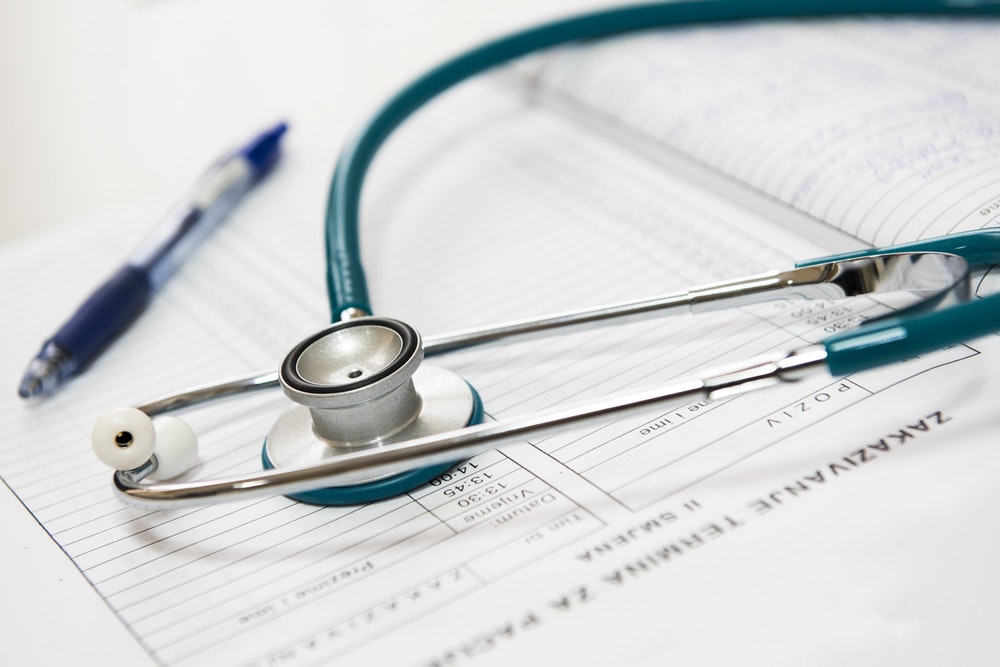Bacterial vaginosis (BV), or vaginal bacteriosis is quite a common vaginal infection even if you haven’t really heard about it before. It is a condition caused by a change or imbalance of the naturally found different kinds of bacteria in the region. BV is most likely to affect women who are in their reproductive age, but it can happen to any woman.
Getting caught by bacterial vaginosis can increase your risk of developing sexually transmitted infections (STIs). Although the infection doesn’t cause any other health issues, if not treated, it can become a source of trouble if you’re pregnant or trying to get pregnant.
Causes of BV
Researchers are still not sure exactly how women get bacterial vaginosis. The vagina contains mostly good bacteria (lactobacilli) and some bad bacteria(anaerobes) as well. If the amount of good bacteria drops, the bad bacteria can outnumber and upset the balance of microorganisms and thus cause bacterial vaginosis. BV is often caused by gardneralla vaginalis, the most common type of bacteria present in the vagina. Anything that changes the pH balance of your vagina and disturb the bacterial levels can lead to infections.
Being sexually active also raises the risk of getting BV. Doctors have found that the condition occurs more in women with multiple partners or a new one.
Signs: How to identify bacterial vaginosis
Bacterial vaginosis signs and symptoms include the following:
- Burning sensation during urination
- Bad odor
- Vaginal irritation
- Unusual discharge
BV affects most commonly women between the ages of 15 and 44 years. Sometimes some women don’t show any signs and symptoms.
Difference between BV and a vaginal yeast infection
You could confuse bacterial vaginosis with a vaginal yeast infection since they both have similar symptoms. However, there are different treatments for both. Ask your doctor for a proper diagnosis to know for sure if you have bacterial vaginosis.
Factors that can increase BV risk.
Although any woman can get bacterial vaginosis, the risk factors involved can be higher under the following conditions:
- Douching: douching is essentially washing out the vagina with water or a cleansing agent which is not recommended as- a) it increases the chances of not only BV but also other vaginal infections by the overgrowth of bacteria, and b) your vagina has the ability to clean itself, so douching isn’t necessary.
- Multiple partners or a new one: Bacterial vaginosis also occurs more frequently in women who have multiple sexual partners or even a new sexual partner.
- Using scented products like deodorants, scented moisturizers or scented soaps in the vaginal area.
- Washing underwear with strong cleansing agents or detergents.
- Smoking
- Natural lack of the“good” lactobacilli bacteria
How to diagnose bacterial vaginosis
The doctor could run some tests to detect BV. For the proper diagnosis, your doctor could also ask for other factors like medical history, any prior vaginal infections or sextually transmitted disease(s). To check for any changes or overgrowth of bacteria in your vaginal flora, sampling of discharge is carried out to examine the cells.
Other methods of diagnosing bacterial vaginosis include performing a pelvic exam for signs of infection or testing the pH of the vagina.
What can happen if BV is left untreated?
The vaginal region is very sensitive and if infected can become a source of trouble. Bacterial vaginosis is essentially an infection and needs to be treatment as soon as possible to avoid escalation of the situation. If BV is not treated at the right time, it could lead to issues like STIs, including HIV and pregnancy related issues. BV can affect premature birth or a low-birth-weight baby.
Treatment
Bacterial vaginosis (BV) sometimes clears up without any specific treatment. But if you have sings of it it’s better to seek treatment.
BV can be treated through antibiotic medications prescribed by the doctor. Medication for BV can come in array of ways, whether a pill you’ll have to swallow or an ointment or gel you use for the area. The most common type of antibiotic medication and gel/cream the doctor can prescribe are metronidazole and clindamycin cream.
It can happen in some cases, that the infection comes back. You’d need to take your medications for longer period of time then.
BV prevention tips
To help lower your chances of getting bacterial vaginosis, you can try and practice the following tips:
- Don’t douche
- Practice save intercourse
- Use only non-scented soaps and intimate products.
- Get tested for STIs
- Practice good personal hygiene
Home Remedies you can try
You could also try some home remedies to get relief from BV:
Probiotics: probiotics have shown to help treat bacterial vaginosis. You take probiotics through yogurt as it contains some probiotics, or you could take probiotic supplements. Take them daily or as prescribed by your doctor to treat and prevent BV.
Hydrogen peroxide: studies say using hydrogen peroxide daily helps with vaginal irritation and bacterial vaginosis.
Wear cotton underwear: it is important let your vaginal area receive as much air as possible as trapped moisture can lead to growth of harmful bacteria. So, wearing breathable clothes and material like cotton would help maintain the pH balance of the area and thus preventing with various infections.




